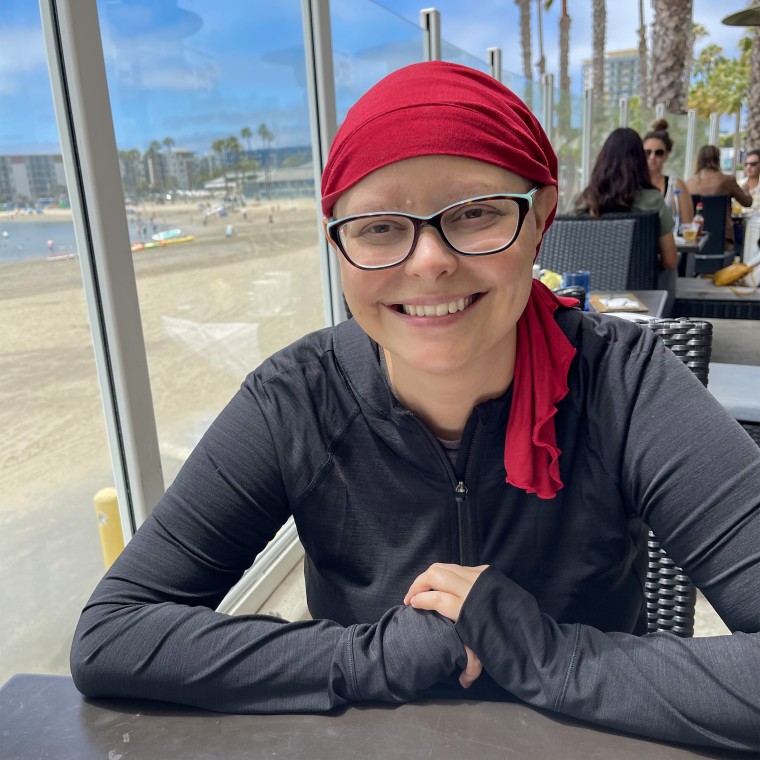Climate Change Worsens Half-Century of Drinking Water Problems for Maine Native Reservation – Inside Climate News

Report on Water Security and Sustainable Development Challenges for the Passamaquoddy Tribe at Sipayik
Executive Summary
The Passamaquoddy Tribe at the Pleasant Point Reservation (Sipayik) in Maine has faced a severe water quality crisis for over five decades, fundamentally challenging the achievement of several United Nations Sustainable Development Goals (SDGs). The municipal water supply is frequently contaminated with harmful chemical byproducts, forcing residents to rely on alternative sources. This situation is exacerbated by the impacts of climate change and systemic barriers rooted in historical legislation that limits tribal sovereignty. While recent interventions have brought partial relief, significant challenges remain in securing a long-term, safe water supply and fulfilling the principles of environmental justice and sustainable development for the community.
Water Crisis in Sipayik: A Failure to Meet SDG 6 (Clean Water and Sanitation)
For more than 50 years, the Passamaquoddy community at Sipayik has been denied consistent access to safe and clean drinking water, a fundamental human right and the core objective of SDG 6. The tap water is widely distrusted by the approximately 600 residents due to persistent quality issues.
Contamination and Public Health Impacts (SDG 3: Good Health and Well-being)
The primary water quality issue is the presence of trihalomethanes (THMs), disinfection byproducts that form when chlorine used for water treatment reacts with organic matter. The water system has experienced approximately 50 “boil water” advisories since 2000.
- Chemical Contaminants: THM levels have been recorded at 120-160 parts per billion, far exceeding the EPA’s limit of 80 ppb.
- Physical Contaminants: The water frequently appears discolored (yellow or brown) and has a foul taste and odor.
- Health Risks: High exposure to THMs is linked to significant health risks, directly undermining SDG 3. These include:
- Increased risk of bladder cancer
- Damage to kidneys and liver
- Negative effects on the central nervous system
- Reported skin rashes from showering
Community Reliance on Alternative Water Sources
The lack of safe tap water forces residents to seek alternatives, creating social and economic burdens that highlight inequalities contrary to SDG 10 (Reduced Inequalities). Most residents depend on bottled water, which represents a significant financial cost for low-income households, or travel to a local well for potable water.
Compounding Factors: Climate Change and Systemic Inequality
The water crisis in Sipayik is not an isolated infrastructure failure but is intensified by broader environmental and political challenges, specifically those addressed by SDG 13 (Climate Action) and SDG 16 (Peace, Justice and Strong Institutions).
Climate Change Impacts on Water Security (SDG 13)
Sipayik’s water is sourced from Boyden Lake, a shallow reservoir highly susceptible to environmental changes driven by climate change.
- Intense Rainfall: Severe storms, which are increasing in frequency, wash sediment and organic matter into the reservoir. This increases the organic material that reacts with chlorine to form THMs.
- Intense Droughts: Periods of drought lower the reservoir’s water level, concentrating sediments and contaminants and degrading water quality.
Barriers to Justice and Self-Governance (SDG 10 & SDG 16)
The tribe’s ability to address the water crisis has been historically constrained by a lack of sovereignty, a direct challenge to SDG 16’s call for effective and inclusive institutions. The 1980 Maine Indian Claims Settlement Act has subjected the Wabanaki Nations, including the Passamaquoddy, to state control, limiting their ability to manage their own lands and resources. This has historically blocked the tribe from independently drilling wells or implementing other solutions, perpetuating the inequality targeted by SDG 10.
Progress Towards Sustainable Solutions
In 2022, legislative action and subsequent infrastructure upgrades marked significant steps toward improving water quality and aligning with SDG targets.
Legislative and Technological Interventions
- Passage of LD 906: The “Act to Provide Passamaquoddy Tribal Members Access to Clean Drinking Water” was signed into law, granting the tribe authority to regulate its own water under EPA guidelines and drill new wells on specific tribal lands.
- Installation of Carbon Filters: Granulated activated carbon filters were added to the water treatment plant to reduce the organic materials that lead to THM formation.
- Opening of the Samaqannihkuk Well: A new community well, drawing from a deep aquifer less susceptible to surface weather events, was opened to provide a reliable source of safe drinking water.
Current Status and Ongoing Challenges
While these measures have improved the situation, they have not fully resolved the crisis. The community still faces obstacles to achieving comprehensive water security.
- THM levels still occasionally spike in the tap water.
- Water discoloration issues persist, as the filters do not address them.
- The new well can only supply drinking water, not the total volume needed for all household uses.
- Both systems require significant and costly ongoing maintenance, including arsenic filtration for the well and annual replacement of the carbon filters.
The Path Forward: Ensuring Long-Term Water Security and Trust
Achieving a sustainable and permanent solution requires continued investment, technological advancement, and a focus on rebuilding community trust.
Future Initiatives and Funding Gaps
The Sipayik Environmental Department has identified further necessary steps but faces funding challenges. Proposed projects include an early detection system to warn residents of likely contamination events and a program to install in-home carbon filters. The loss of federal grant funding has stalled these initiatives, highlighting the need for stable financial support to build resilient infrastructure (SDG 11: Sustainable Cities and Communities).
Rebuilding Community Trust
After 50 years of unsafe water, a significant, long-term challenge will be convincing residents to trust the municipal supply, even after it is made consistently safe. This process will likely take years, if not a generation, and requires transparent communication and sustained, reliable performance of the water system.
Analysis of Sustainable Development Goals in the Article
1. Which SDGs are addressed or connected to the issues highlighted in the article?
-
SDG 6: Clean Water and Sanitation
- The core issue of the article is the Passamaquoddy Tribe’s lack of access to safe and clean drinking water in Sipayik, Maine. For over 50 years, residents have not trusted the tap water due to contamination, discoloration, and foul smell, forcing them to rely on bottled water or a local well. This directly relates to the goal of ensuring the availability and sustainable management of water for all.
-
SDG 3: Good Health and Well-being
- The article explicitly links poor water quality to negative health outcomes. It mentions the presence of trihalomethanes (THMs), byproducts of water treatment, which are connected to “an increased risk of certain cancers… and damage to the kidneys, liver and nervous system.” Residents also report skin rashes from showering, and a community survey revealed that many feel the water is negatively impacting their health.
-
SDG 13: Climate Action
- The water quality problems are directly exacerbated by climate change. The article states that “increased weather variability due to climate change,” including “swings between intense rainfall and intense droughts,” disrupts the shallow reservoir that serves as the community’s water source. Heavy rains wash contaminants into the reservoir, while droughts concentrate sediments, both leading to higher levels of THMs.
-
SDG 10: Reduced Inequalities
- The article highlights the systemic inequalities faced by the Passamaquoddy Tribe. Their struggle is framed within the context of their limited tribal sovereignty, a unique situation for Maine’s Wabanaki Nations due to the 1980 Maine Indian Claims Settlement Act. This act has restricted their ability to self-govern and access federal funding, hampering their efforts to solve the water crisis for decades and leaving them lagging behind other Native tribes in economic performance. The article notes a disparity in health outcomes compared to “whiter and wealthier populations.”
-
SDG 16: Peace, Justice and Strong Institutions
- The tribe’s five-decade fight for clean water involves legal and political battles, pointing to issues of justice and institutional responsiveness. The article details how the lack of sovereignty prevented them from making their own decisions about drilling wells. The passage of the 2022 law (LD 906) represents a step toward justice, granting them more control over their water resources, but the governor’s resistance to broader sovereignty bills shows the ongoing struggle for representative decision-making.
2. What specific targets under those SDGs can be identified based on the article’s content?
-
Target 6.1: Achieve universal and equitable access to safe and affordable drinking water for all.
- The article demonstrates a clear failure to meet this target for the Sipayik community. Residents have not had safe tap water for “more than 50 years.” The reliance on bottled water, which “can still get expensive,” shows that the alternative is not affordable for everyone, creating an inequitable situation where some households struggle to secure a basic necessity.
-
Target 6.3: Improve water quality by reducing pollution.
- The water from the Boyden Lake reservoir is polluted by “sediment, organic waste and other runoff,” especially after heavy rains. The subsequent chemical treatment creates harmful byproducts (THMs). Efforts to address this, such as installing “granulated activated carbon filters,” are direct actions aimed at improving water quality by reducing this form of contamination.
-
Target 3.9: Substantially reduce the number of deaths and illnesses from hazardous chemicals and water pollution.
- The presence of THMs above the EPA’s safety limit and the discovery of arsenic in the new well water are direct examples of hazardous chemical contamination. The article’s mention of links between THMs and cancer, organ damage, and nervous system damage, as well as residents’ reports of skin rashes, directly aligns with the goal of reducing illnesses caused by water pollution.
-
Target 13.1: Strengthen resilience and adaptive capacity to climate-related hazards.
- The community’s water problems are worsened by climate-related hazards like intense rainfall and droughts. The tribe’s actions, such as drilling a deeper, more stable groundwater well (the Samaqannihkuk well) and forming the “Sipayik Resilience Committee,” are concrete measures to build resilience and adapt to the impacts of climate change on their water supply.
-
Target 10.3: Ensure equal opportunity and reduce inequalities of outcome, including by eliminating discriminatory laws, policies and practices.
- The article details how the Maine Indian Claims Settlement Act has created a unique and disadvantageous situation for the Wabanaki Nations, limiting their sovereignty and control over their own lands and resources. The tribe’s successful lobbying for the passage of LD 906 was a specific action to amend a restrictive policy and gain more control over their water, directly addressing an inequality of outcome.
3. Are there any indicators mentioned or implied in the article that can be used to measure progress towards the identified targets?
-
Quantitative Water Quality Measurements
- The article provides specific, measurable data on water contamination. It states that after Tropical Storm Henri, “THM levels reaching 120 to 160 parts per billion, well above the EPA’s limit of 80 parts per billion.” The presence of arsenic in the new well, requiring a filtration system, is another measurable indicator. These figures can be used to track progress in improving water quality.
-
Frequency of Water Quality Advisories
- The article notes that the Sipayik water system has had “around 50 ‘boil water’ or other water quality notices since 2000.” A reduction in the frequency and number of these advisories would be a clear indicator of improvement in the safety of the water supply.
-
Community Reliance on Alternative Water Sources
- The article describes how residents rely on bottled water and a community well. An indicator of progress would be a decrease in this reliance. The article provides data on the Samaqannihkuk well’s usage, which “surpassed 160,000 gallons” by July 2025, up from 24,000 gallons the previous year. While this shows the success of the well, a long-term goal would be to see a reduction in the need for such alternative sources as tap water quality improves.
-
Reported Health Incidents
- The article mentions residents experiencing “skin rashes or other reactions” and a general feeling of negative health impacts. A decrease in the number of self-reported health issues related to water exposure would serve as a qualitative indicator of improved well-being and water safety.
-
Legislative and Policy Changes
- The passage of the “Act to Provide Passamaquoddy Tribal Members Access to Clean Drinking Water (LD 906)” is a concrete indicator of progress in achieving greater institutional justice and self-governance. Future legislative changes that further restore tribal sovereignty would be additional indicators of progress toward reducing systemic inequalities.
4. Table of SDGs, Targets, and Indicators
| SDGs | Targets | Indicators Identified in the Article |
|---|---|---|
| SDG 6: Clean Water and Sanitation |
6.1: Achieve universal and equitable access to safe and affordable drinking water for all.
6.3: Improve water quality by reducing pollution. |
|
| SDG 3: Good Health and Well-being | 3.9: Substantially reduce the number of illnesses from hazardous chemicals and water pollution. |
|
| SDG 13: Climate Action | 13.1: Strengthen resilience and adaptive capacity to climate-related hazards. |
|
| SDG 10: Reduced Inequalities | 10.3: Ensure equal opportunity and reduce inequalities of outcome by eliminating discriminatory policies. |
|
| SDG 16: Peace, Justice and Strong Institutions | 16.7: Ensure responsive, inclusive, participatory and representative decision-making. |
|
Source: insideclimatenews.org

What is Your Reaction?
 Like
0
Like
0
 Dislike
0
Dislike
0
 Love
0
Love
0
 Funny
0
Funny
0
 Angry
0
Angry
0
 Sad
0
Sad
0
 Wow
0
Wow
0


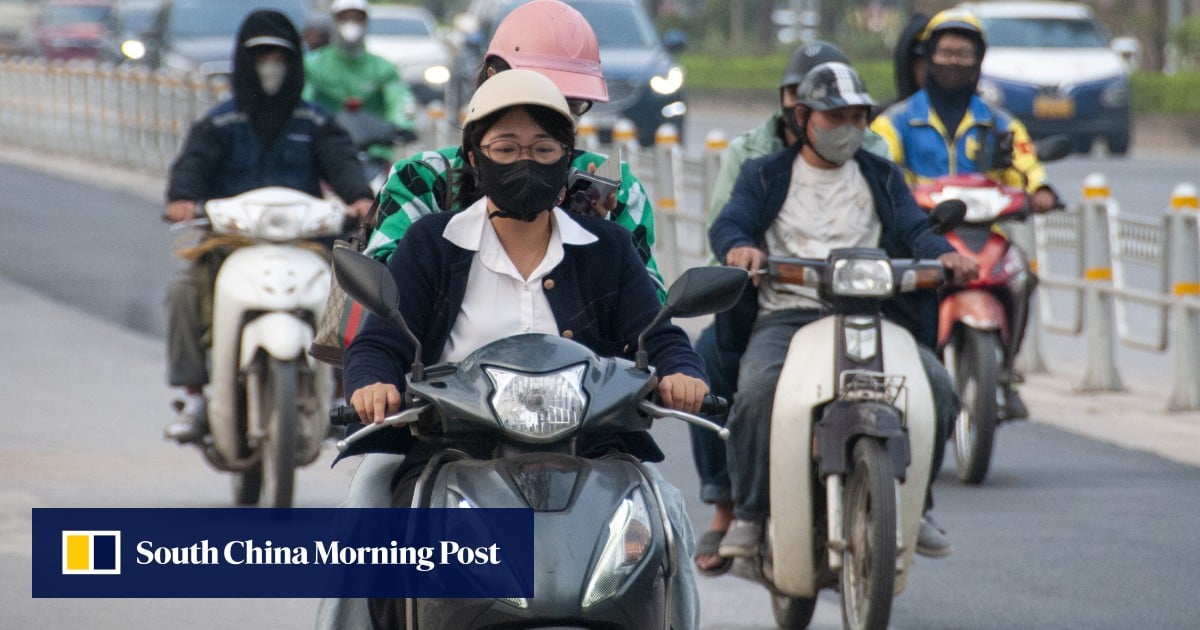






















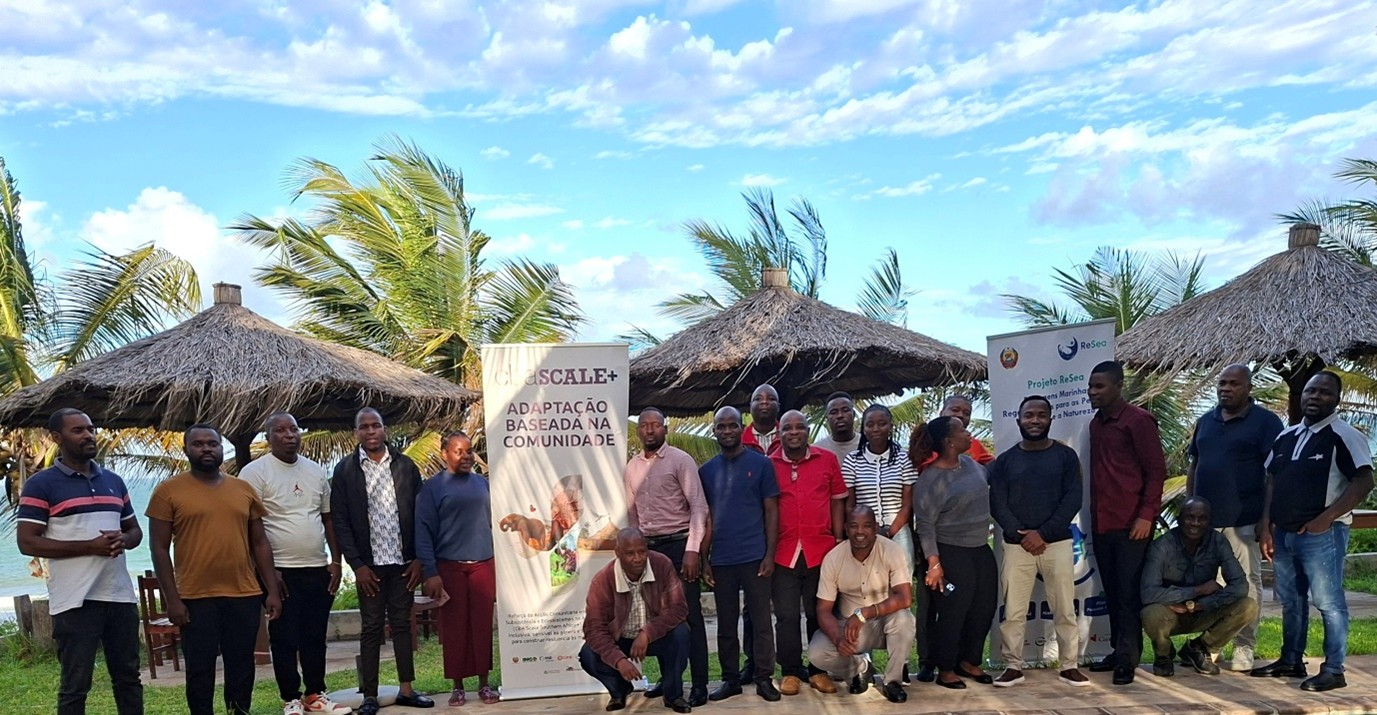


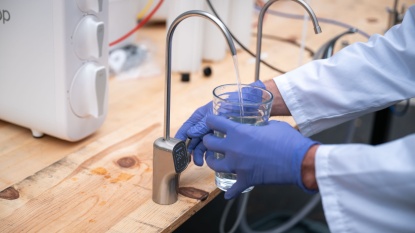










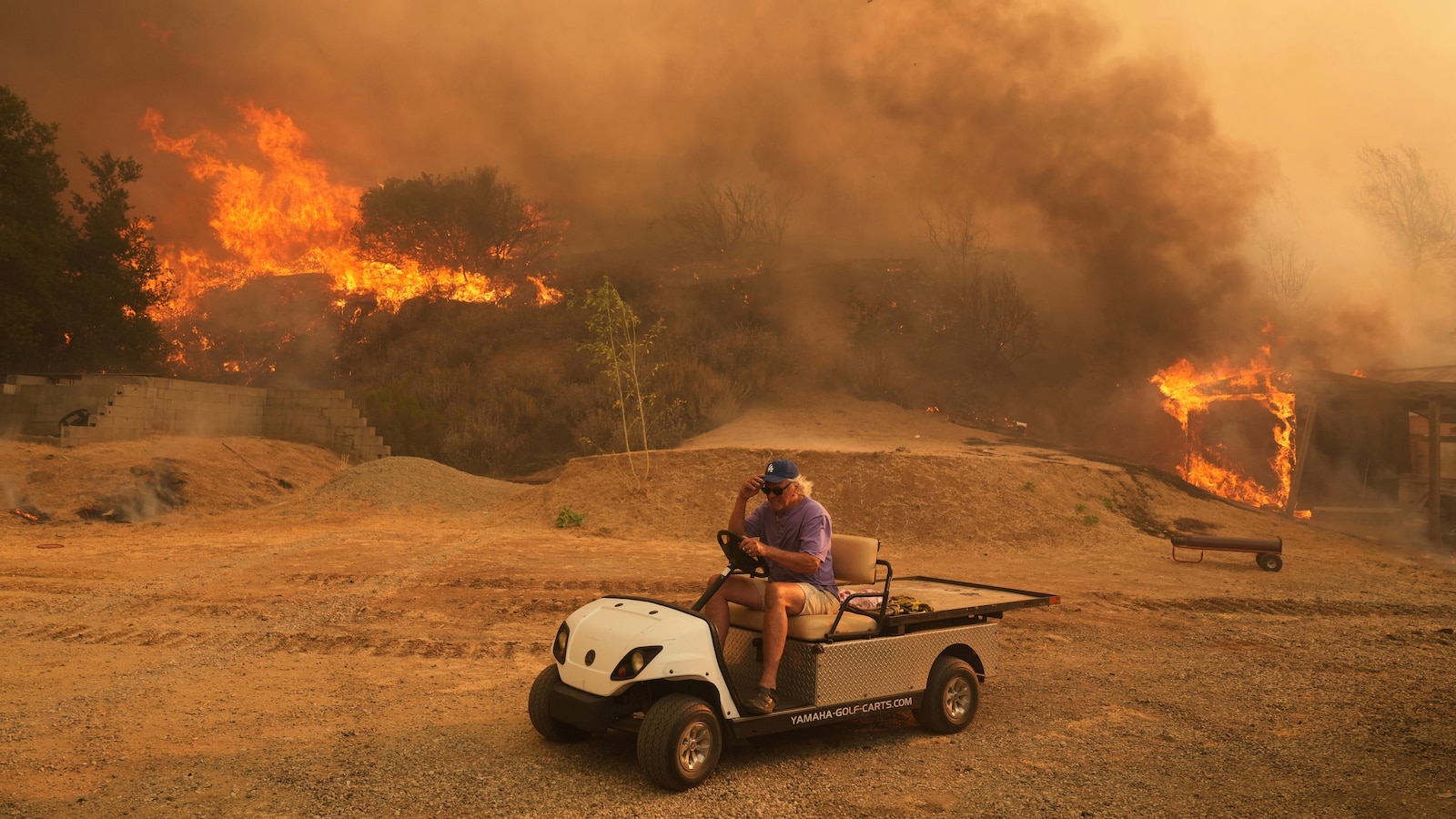








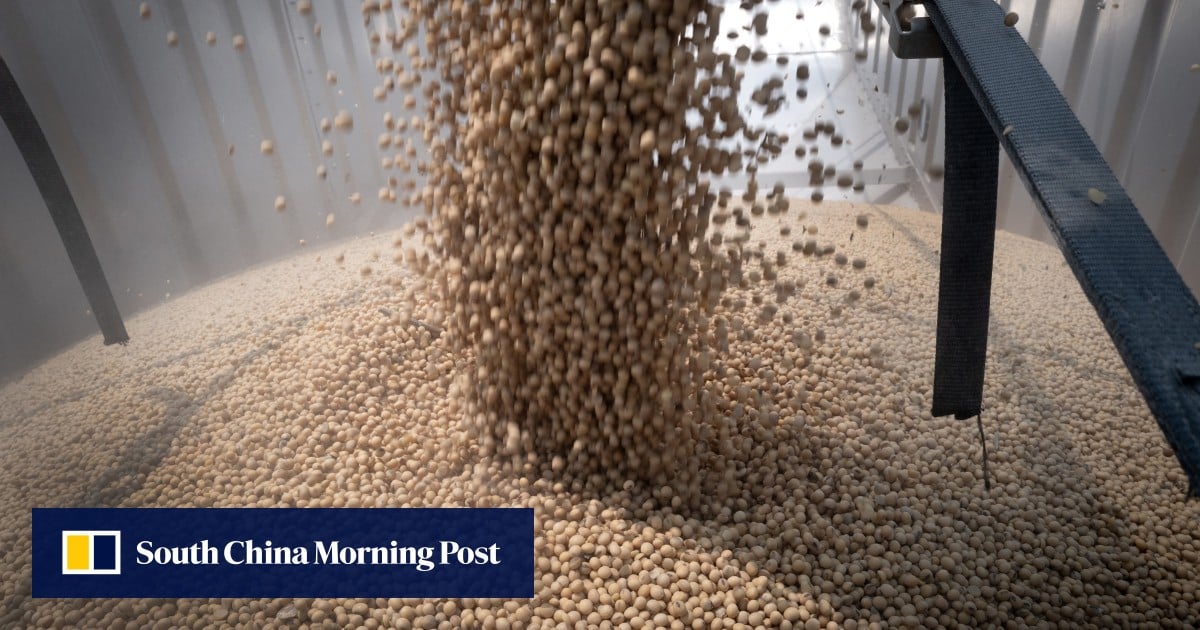



.jpg.webp?itok=0ZsAnae9#)


